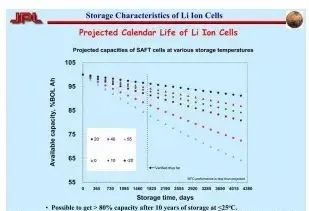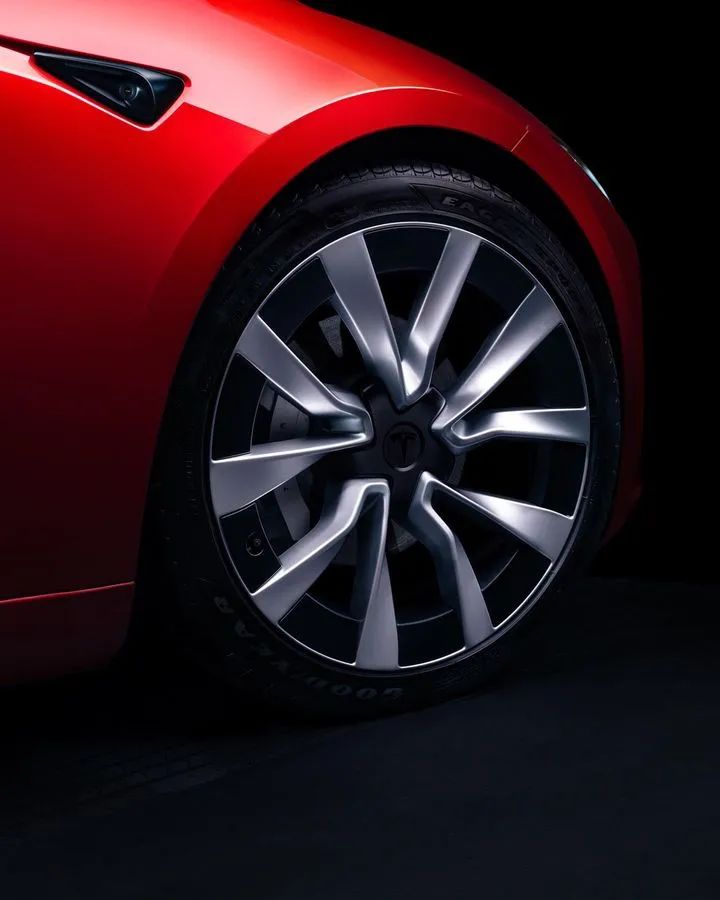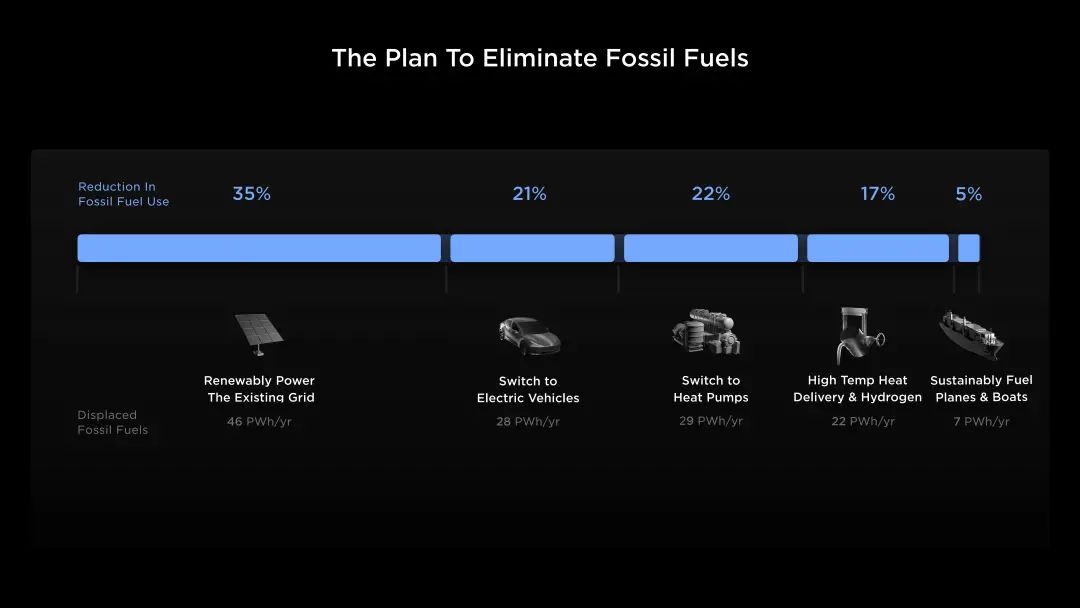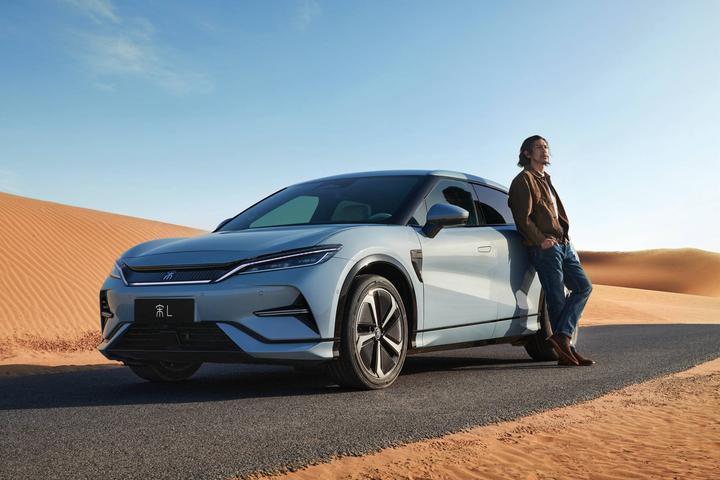Master these five new energy vehicle charging and discharging principles to extend battery life by more than 50%!
For many new energy vehicle owners, one of their biggest concerns is that incorrect charging methods will shorten the life of the battery and even cause damage to the power battery, thus causing them to pay more than 100,000 yuan in battery replacement costs in vain.
As an engineer who has been engaged in the power battery industry for a long time, I am here to share with you five simple electric vehicle charging tips and briefly introduce the underlying principles. I hope to help you use electric vehicles correctly and effectively, and extend your life. The service life of the power battery.
1. During the charging process of electric vehicles, if there is no time pressure, slow charging is indeed more conducive to battery protection than fast charging. (Reduces the probability and risk of lithium precipitation, while enabling more complete charging with less loss)

2. Under normal circumstances, for the power batteries of new energy vehicles, the "shallow charging and shallow discharge" method is more conducive to battery protection. Some manufacturers provide options such as "healthy charging" on the large screen of the vehicle. You can select the condition for charging when the battery reaches 90% by default, or you can select the charging cut-off condition. (Don’t charge it too full, don’t discharge it too low, especially don’t discharge it to low power for a long time, which may cause irreversible cell damage) It is recommended to use these functions as much as possible, because they are effective in protecting the battery.

3. If your car uses a lithium iron phosphate battery, such as BYD DMI, then under the premise of "shallow charging and shallow discharge", occasionally perform full charging operations once or twice, every once in a while (about a week to a month) ). This helps the battery management system (BMS) calculate the battery's SOC value correction more accurately.
(The physical characteristics of lithium iron phosphate determine that its discharge curve at a voltage of about 3.2V is very flat and not linear enough. This may cause the BMS to be unable to accurately calculate the SOC of the battery. Maintaining a non-fully charged state for a long time may affect the full charge. The correspondence between SOC value and battery power causes errors)
As shown in the figure below: It can be seen from the curve that the characteristics of lithium iron phosphate batteries are flat. The flatter they are, the more difficult it is to accurately grasp the power level.

I randomly found a discharge curve chart of a ternary lithium battery and an iron lithium battery on the Internet for comparison.
4. If your car uses a ternary lithium battery, there is usually no need to worry about inaccurate SOC calculations because its physical characteristic curve is very clear and the BMS can calculate the SOC value more accurately based on the cell voltage. Please feel free to refer to the suggestion in point 2 to test the battery protection settings. There is no need to worry about the BMS not being able to accurately sense the power level.
(Therefore, when the curve is relatively clear and the curvature is large, the amount of power can be better calculated and perceived)
5. In common industry algorithms, battery life can be divided into two aspects: "cycle life" and "storage life", commonly known as "used out" and "used out".
First, let's talk about storage life.
Storage life refers to the time required for the performance of a battery to decay to a certain level after storage at a certain state of charge and temperature. Typically, battery storage life is very long.
Storage life mainly examines the self-discharge of the battery. This problem is not only related to the material itself, but also has a lot to do with the assembly of the entire battery pack, impurities and other factors.
Storage life means that even if the battery is not used, its performance will gradually decay. The principle is that the materials inside the battery are still in constant motion in a static state, and side reactions will occur that consume lithium ions, such as solvent decomposition, reactions between electrolyte and positive and negative electrode materials, etc.
Many experiments have been conducted on battery storage life at home and abroad. Here I will give an extreme example. NASA JPL Laboratory has conducted experiments on the capacity changes of lithium-ion batteries under extreme conditions, aiming to explore the appropriate temperature and extreme conditions of lithium batteries under long-term storage. They stored two kinds of aerospace lithium batteries in a half-charged state for a long time, and tried the effects of different temperatures (from 50 degrees to minus 20 degrees) on the battery capacity.
Experimental results show that after actual testing at a suitable storage temperature below 25 degrees, lithium batteries can still retain more than 90% of their capacity after half-battery storage for about 5 years. According to curve estimates, the capacity can still maintain more than 80% after 10 years of storage. .

Of course, low temperature can also reduce the activity of the battery during storage and reduce the self-discharge rate, but its impact is also limited, just like putting food in the refrigerator can extend its spoilage time.
For the actual battery usage in China, there is not a large demand for battery storage and warehousing. Nowadays, the production of electric vehicles has surged, and batteries are in short supply and are quickly installed on vehicles once they are produced.
Therefore, at present, under China's national conditions, in most cases there is no need to pay too much attention to the aspect of "storage life".
Of course, there are also some special scenarios where storage life needs to be considered, such as some car owners who leave their vehicles idle for a long time due to relocation and other reasons. In this case, it is recommended to keep the vehicle's SOC power at about 50%, then lock the vehicle and disconnect the small battery of the electric vehicle, and finally close the hood. Also keep the mechanical key for unlocking.
In this way, the power battery can be stored for a long time without consuming power, and the self-discharge rate will be reduced to a minimum.

Next, let’s discuss cycle life.
The cycle life of a battery refers to the cumulative number of times the battery can complete a complete discharge and charge process.
This concept needs to be understood as a cumulative number of times. It does not need to be completely empty and then fully charged every time to count as a complete cycle. Instead, it is enough to reach 100% power through cumulative calculation.
For example, if today I charge the battery from 30% to 80%, which increases the battery capacity by 50%, and then uses part of the battery to bring it down to 90%, thus charging it back to 50%. Repeat this charging and discharging process until 100% of the charging and discharging capacity is accumulated, which is considered a complete cycle.
However, it should be pointed out that the above algorithm is applicable to the calculation of the entire vehicle. For individual battery packs or cells, the cycle life calculation and testing methods are different.
Normally, battery packs or single cells are subjected to charge and discharge limit tests. For example, for a ternary lithium battery, it is charged to 4.15V or 4.2V and discharged to 2.75V or even 2.5V (nominal voltage is 3.7V). Then observe how much the remaining capacity (rechargeable power) decays compared to the standard capacity after how many cycles.
We have conducted cycle life tests on some battery cells.

The following are the cycle life test results of the 21700 battery and the Panasonic battery used in the early Model 3.


It can be seen that the cycle life of early batteries is indeed closely related to the battery material itself, but it can usually reach hundreds of times.
At present, the cycle life of existing lithium-ion power batteries is usually around 1,000-1,500 times (the capacity after attenuation is not less than 80%). According to national standards, the battery capacity is required to be no less than 80% after 500 cycles.
The current cruising range of electric vehicles has basically reached 500-600 kilometers, and occasionally it can even reach more than 700 kilometers. Even taking into account the gap between actual working conditions and announced working conditions, as well as the impact of battery attenuation, it can at least meet the driving needs of about 300 kilometers.
Therefore, according to the use of the vehicle, both storage life and cycle life have an impact on the decline of new energy pure electric vehicle batteries, and the impact of cycle life is more significant.
Finally, please rest assured that the usage condition you encountered is the most common situation during our testing process, and it is also one of the common scenarios for many users to use their vehicles normally. As professional testers, we can cover your usage scenarios and working conditions from small current cycle tests at the cell level, to common functional tests, to durability tests, and even user experience black box tests.

The above is the full content of Master these five new energy vehicle charging and discharging principles to extend battery life by more than 50%!









